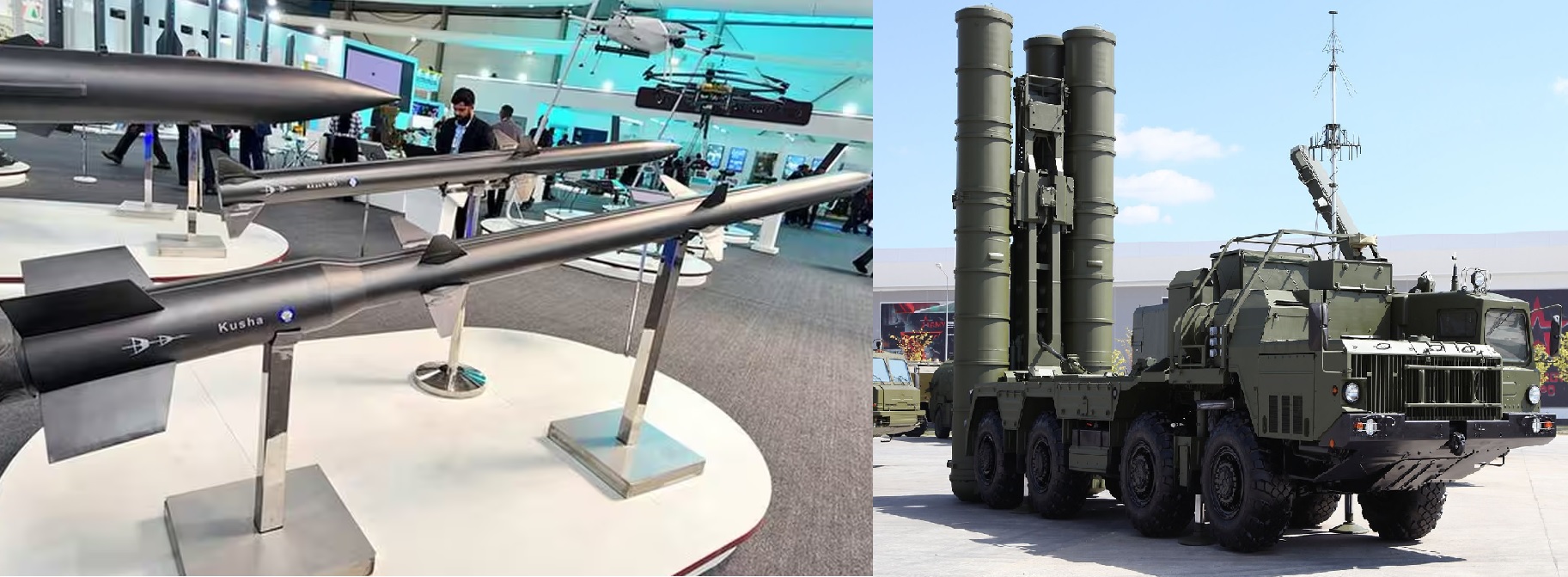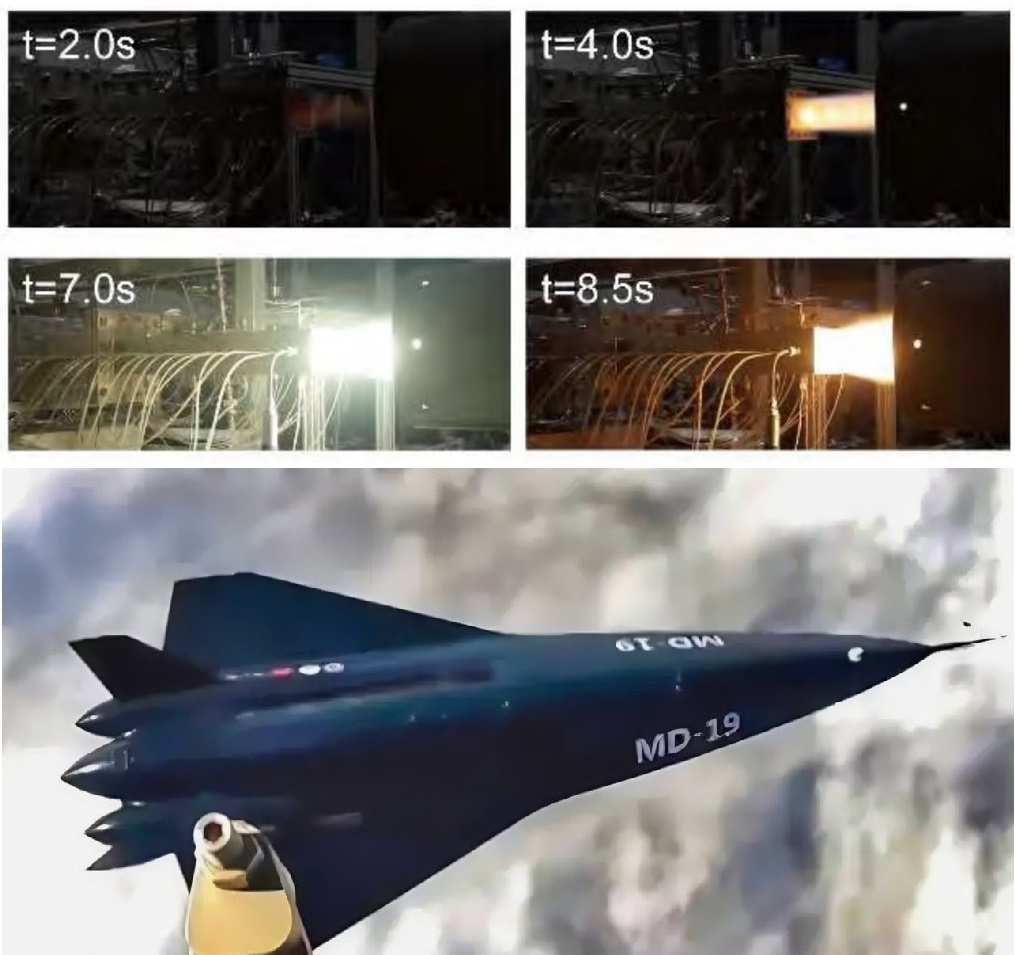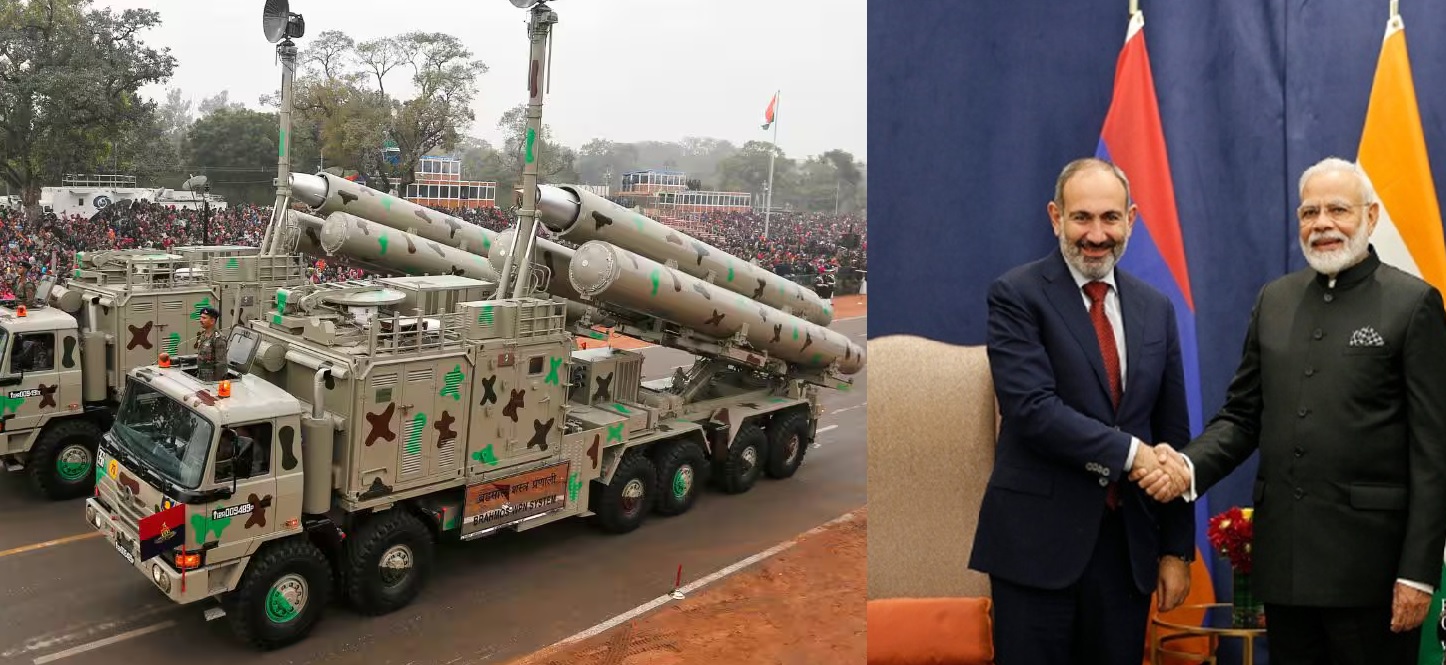India Developing Project Kusha with Three Advanced Radars and New Control System and Dual Command Centers

India’s Project Kusha, a key next-generation air and missile defense system under the Defence Research and Development Organisation (DRDO), is moving forward with the development of an advanced radar and control architecture. As revealed during a recent interaction involving industry partners, the system will comprise three main radar types and two classes of control and communication centers, creating a unified and layered sensor network capable of tracking threats across long distances.
According to technical inputs from sources close to the program, Project Kusha will feature the following radar systems:
-
LRBMR (Long-Range Ballistic Missile Radar) – a surveillance radar designed for early warning and long-range target detection. The LRBMR is expected to have a detection range of around 500–600 km, enabling it to identify ballistic or cruise missile threats well before they enter engagement zones. Operating in the L-band or S-band frequency, this radar will serve as the first layer of the system’s situational awareness network.
-
MFCR (Multifunction Fire Control Radar) – the core of the engagement phase, the MFCR is a high-precision radar with tracking and fire-control capabilities. It is believed to have a range of approximately 250–350 km, depending on the target’s radar cross-section. Similar in concept to those used in the S-400 or the Israeli Arrow system, the MFCR will handle target illumination, guidance updates, and intercept coordination for multiple missiles simultaneously.
-
Mast-Mounted Radar – a mobile, elevated radar designed for tactical flexibility. Mounted on telescopic masts or high mobility vehicles, it provides low-altitude and terrain-following detection of threats such as drones, cruise missiles, and helicopters. The radar’s effective range is expected to be 80–120 km, offering coverage in complex terrain and battlefield environments where long-range sensors may face limitations.
Supporting these radar systems will be two types of control and communication centers forming the command backbone of Project Kusha. The first will serve as a primary command-and-control center, integrating radar data, threat prioritization, and interceptor coordination. The second, a mobile relay and communication center, will ensure secure data flow between launchers, sensors, and supporting platforms — essential for a real-time defensive network.
Manoj Jain, speaking on behalf of a company involved in radar subsystem development, confirmed that the radar-related prototypes are being developed jointly with LRDE (Electronics and Radar Development Establishment), DRDO’s radar-focused lab. The Defence Research and Development Laboratory (DRDL) continues to lead overall integration and missile development, including propulsion and interceptor testing.
Project Kusha is envisioned as India’s long-range multi-layered air defense system, capable of engaging both air-breathing threats and ballistic missiles. It will likely fill the operational space between the indigenous Medium Range Surface-to-Air Missile (MRSAM) and longer-range imported systems like the S-400 Triumf. When operational, the radar suite will provide 360-degree surveillance, high-altitude tracking, and real-time engagement management, all within a fully networked digital command structure.
Prototype work on the radar and control systems is currently underway, with integration trials expected in the next testing phase. Industry reports suggest that DRDO aims to achieve full prototype readiness by 2026–2027, following which live tracking and missile-guided trials will commence.
Project Kusha’s radar complex will be among the most sophisticated ever developed in India, combining long-range detection, multi-function tracking, and battlefield adaptability. Beyond its immediate defense value, the program will strengthen India’s radar technology base and support future programs like the Ballistic Missile Defence (BMD) Phase-II and hypersonic interception projects.
With an integrated radar range extending from over 100 km at the tactical level to nearly 800 km for strategic surveillance, Project Kusha is shaping up to become a central pillar of India’s next-generation air defense shield — one that combines indigenous research, industrial collaboration, and strategic foresight.
✍️ This article is written by the team of The Defense News.






